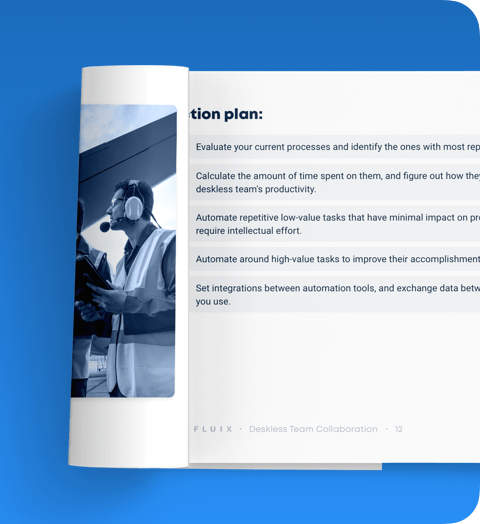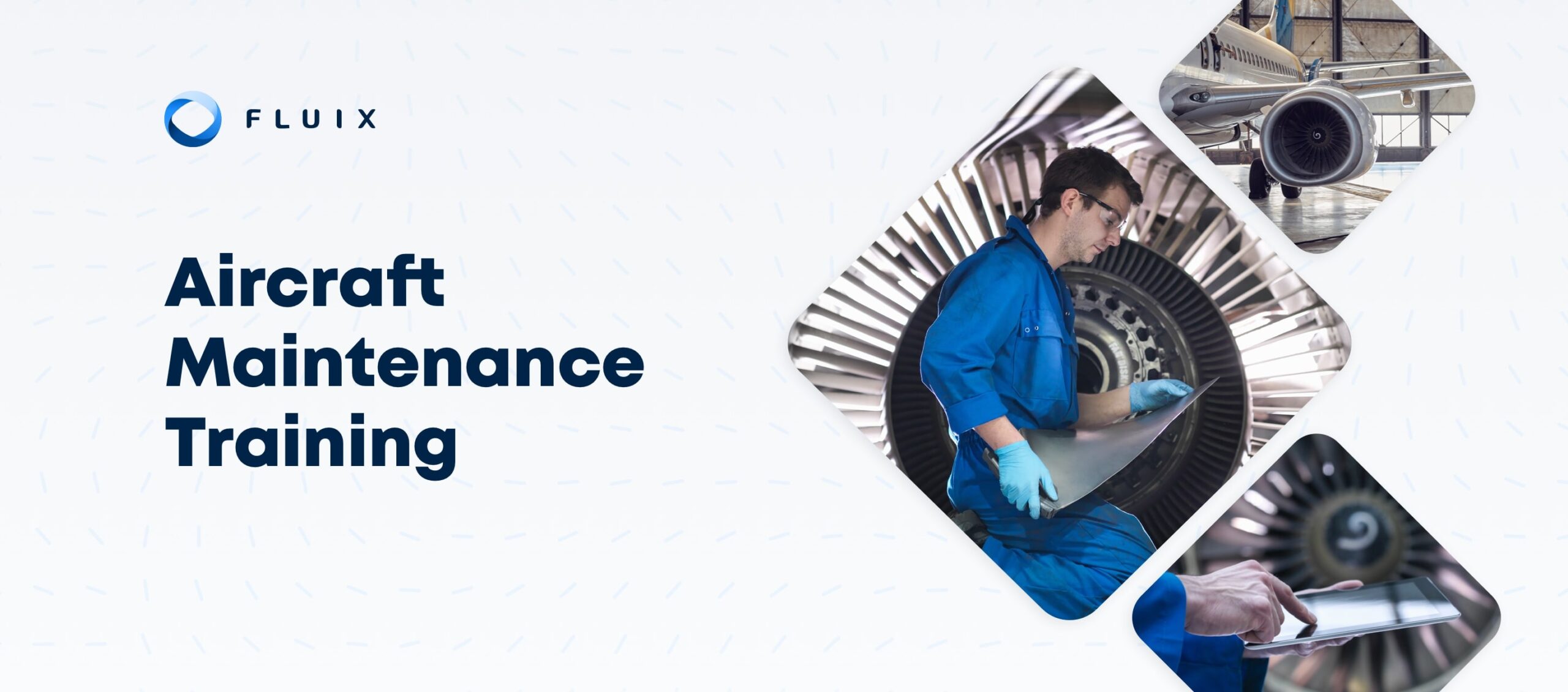Crew management methods can directly impact flight safety. Data demonstrates a clear link between the condition of flight crews in terms of duty hours and workload and adherence to safety standards. Emerging technologies such as automation and artificial intelligence are proving useful for promoting data-driven crew resource management best practices.
Get a clearer sense of how crew rostering factors into flight safety and how workflow management, code-free automation and integration support for leading aviation platforms can promote a culture of safety.
What Is Crew Scheduling in Airlines?
Crew scheduling involves the use of rosters to plan when and where crew members will be on set dates and times. Aviation companies use dedicated systems to manage crew rosters. Powerful workflow management systems with automation capabilities can handle crew and flight schedules as well as in-flight and ground services.
Flight crew scheduling poses challenges that do not apply to many other work environments in the form of constant changes in location and time zone. Even enterprises that involve a lot of travel have fewer demands, as these roles typically are not held to the stringent flight safety regulations associated with aviation.
Which Roster Factors Can Impact Flight Safety?
The decision to schedule specific flight crew members for duty can have far-reaching safety implications. Effective crew resource management involves prioritizing safety in the following ways:
- Crew scheduling. Roster data such as duty start and end times, flight durations and the number of flights per day affect service and safety.
- Flight tracking. Tracking the number of flights that crew members and planes take is essential for optimal asset maintenance, crew resource management and regulatory compliance.
- Disruption response. Flight planning and crew management must account for flight schedule disruptions due to severe weather, equipment malfunctions or geopolitical situations.
- Resource monitoring. The ability to access, monitor and assess crew rosters is essential to observing safety best practices.
Crew resource management factors directly into the scheduling of flight operations. Aviation enterprises that adhere to best practices for duty hours and workload tend to have higher safety and customer service ratings.
An informed approach to crew resource management can help to ensure that crew members are sufficiently rested and that these professionals are aware of employer efforts to support their critical role in promoting safety on every flight.
Flight safety can also be increased by using crew pairing, dynamic rostering and analytics to track the status and performance of individual crew members. Crew members can be paired together based on flight segments, which can have the benefit of minimizing the resource expenditures necessary to cover flights.
A dynamic rostering algorithm can adjust schedules based on changing circumstances, such as delays and disruptions, that could otherwise have cascading effects on crews and undermine safety best practices. Crew member analytics are useful for assessing workloads and balancing staffing and safety demands.
Best Practices for Deskless Collaboration for Aviation Crews
- A guide & action plans
- 5 templates
- 10 tools
- 25 reflection questions


How Does an Airline Crew Management System Work?
A system for managing airline crews is a digital roster that has information about each member of a flight crew. In addition to crew training and documentation for regulatory compliance, crew members’ entries should also contain a thorough and detailed record of duty hours, flights and other information that can be useful for the purposes of reviewing performance and scheduling.
Crew management systems have several vectors that are less common in other human resource management contexts, including a wider variety of locations and the need to take into account time zone changes when scheduling crews for flights.
These systems also share some features with many other human resources platforms, such as the capability to process shift swaps and leave requests.
How Can Automation Optimize Crew Resource Management?
Advanced features, such as workflow automation, can be useful for workflow management. From flight and crew scheduling to processing requests and ramping up responses to meet increased demand, automation allows for faster responses. A workflow automation platform can also be integrated with aviation operations platforms that offer analytics, AI and machine learning functionality. Here are a few innovative ways to optimize crew management:
- Automatically factor in fatigue. To promote safety, the duty status of crew members should factor into rostering.
- Predict crew resource demand. Systems with machine learning or neural network capabilities use past data to predict future demand.
- Streamline leave request approval. Streamline workflows by making the process of requesting leave easier for crew members and supervisors.
- Support crew shift swaps. Chatbots and other AI crew resource management interfaces can facilitate communication to promote full staffing and maximum safety.
Workflow automation software that also functions as a centralized platform for distributing pre-flight, en-flight and post-flight checklists and documents can play an important part in implementing crew management methods that prioritize safety.
Fluix is a popular choice for workflow automation in the aviation industry. Tasks workflows and code-free automation capabilities make Fluix practical for digitizing a wide range of aviation operations, from scheduling flights to servicing and maintaining equipment and managing crews.
What Is the Best Way To Manage Flight Crew Rostering?
Using flight operations management software offers aviation operations the widest range of crew management resources. Fluix can be integrated with the leading aviation and flight scheduling systems, and offers code-free automation capabilities that can enhance the productivity of supervisors, flight crews and service providers.
Stakeholders should analyze duty data for crews and flight data to make informed choices about scheduling. Advanced aviation systems with AI, machine learning or neural network features can also make predictions based on past data that facilitate crew management.
An implementation period is usually necessary to integrate systems to optimize workflows in ways that also have positive outcomes for safety levels in the air and on the ground.
Flight crew resource management is an essential part of operating a commercial, cargo or private aviation enterprise. Fluix workflow software has a wide range of features that are useful for optimizing safety management for flight crews. Learn more about ways you can use Fluix for most aspects of aviation operations, from crew resource management to regulatory compliance.







